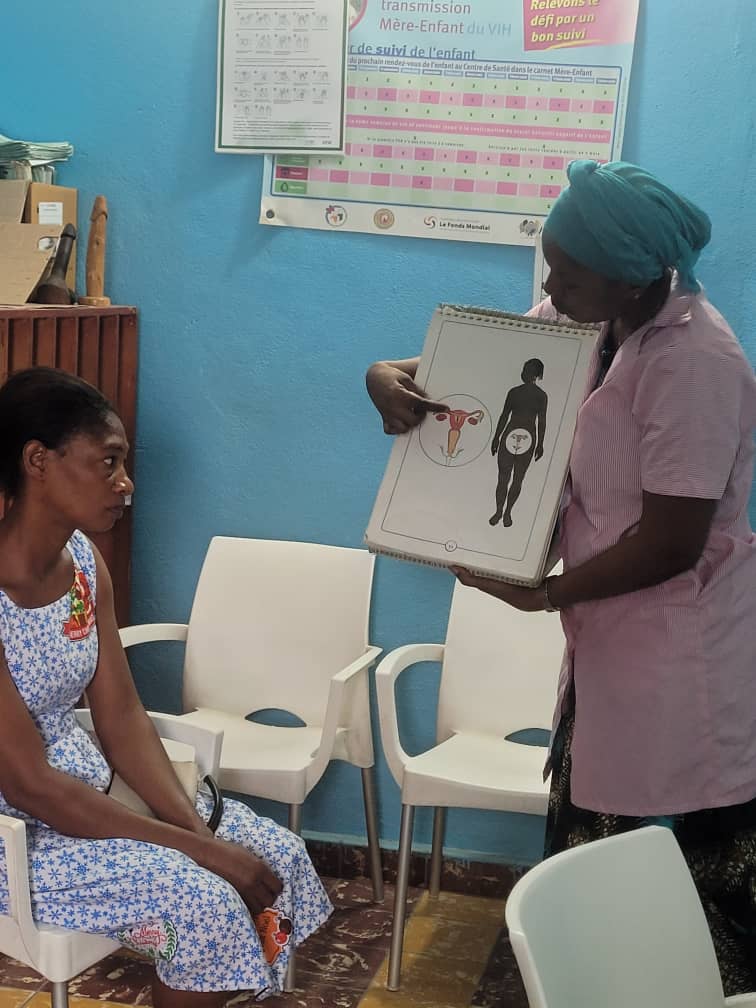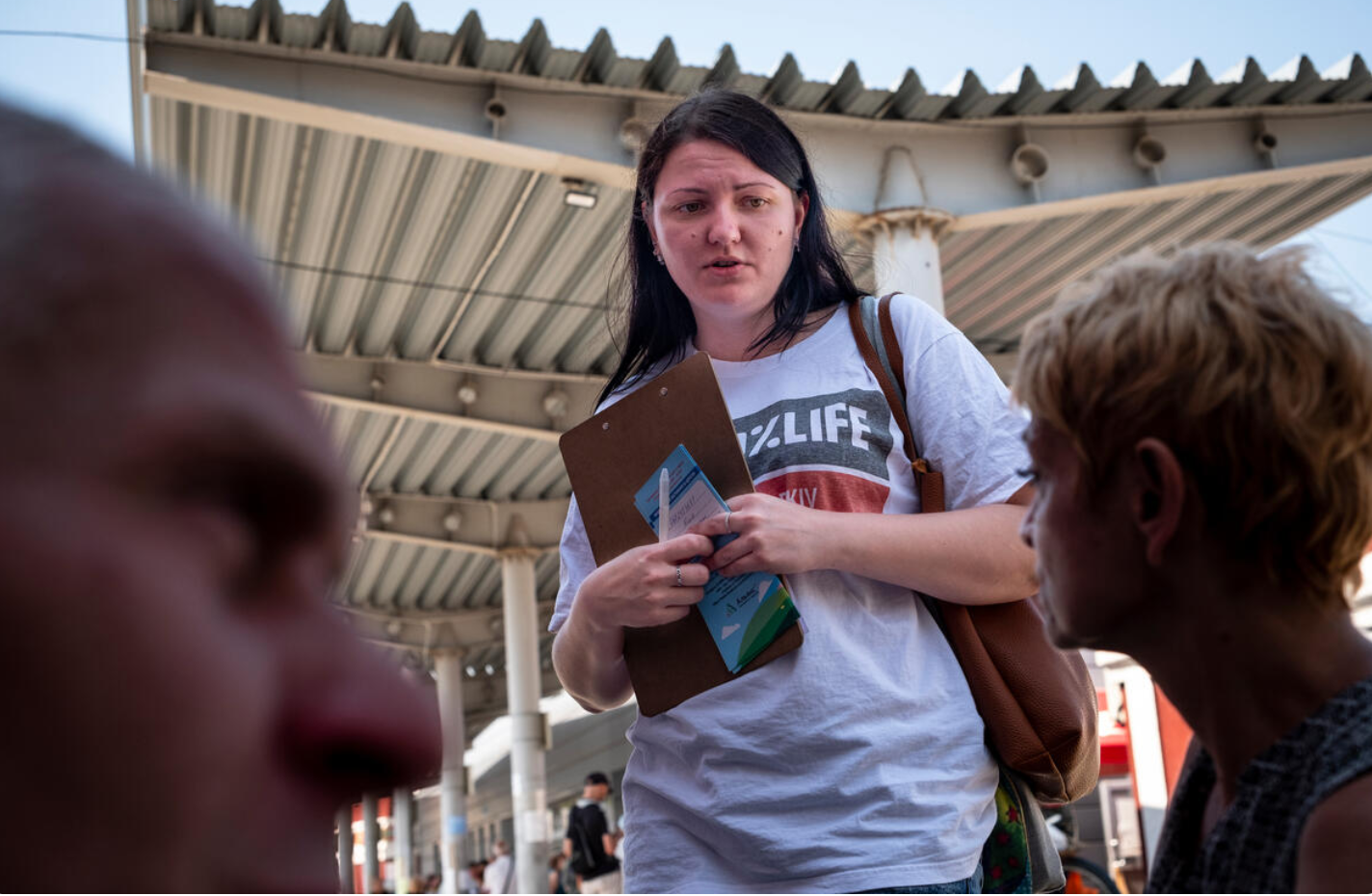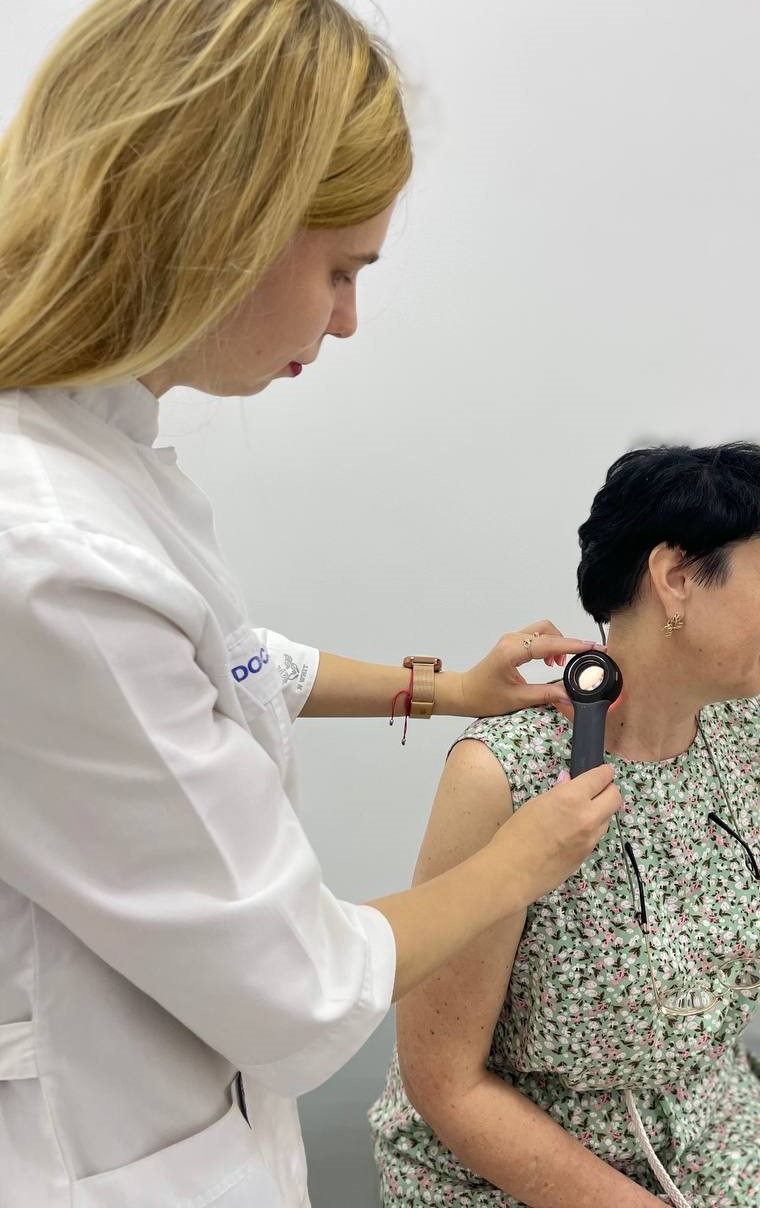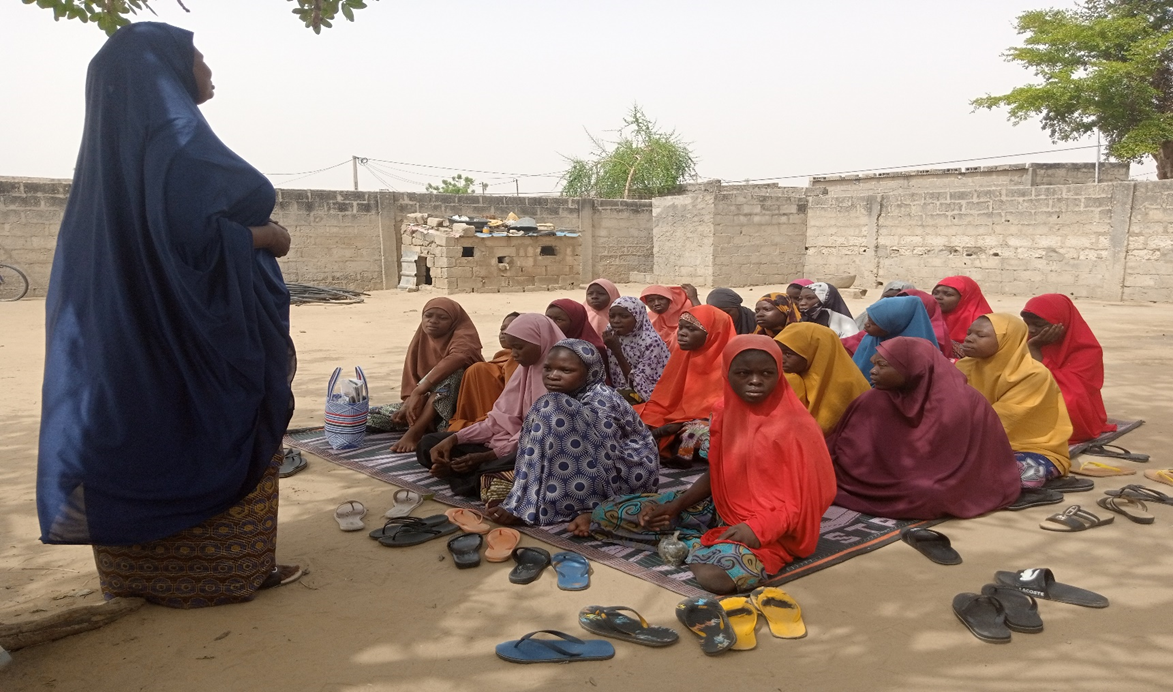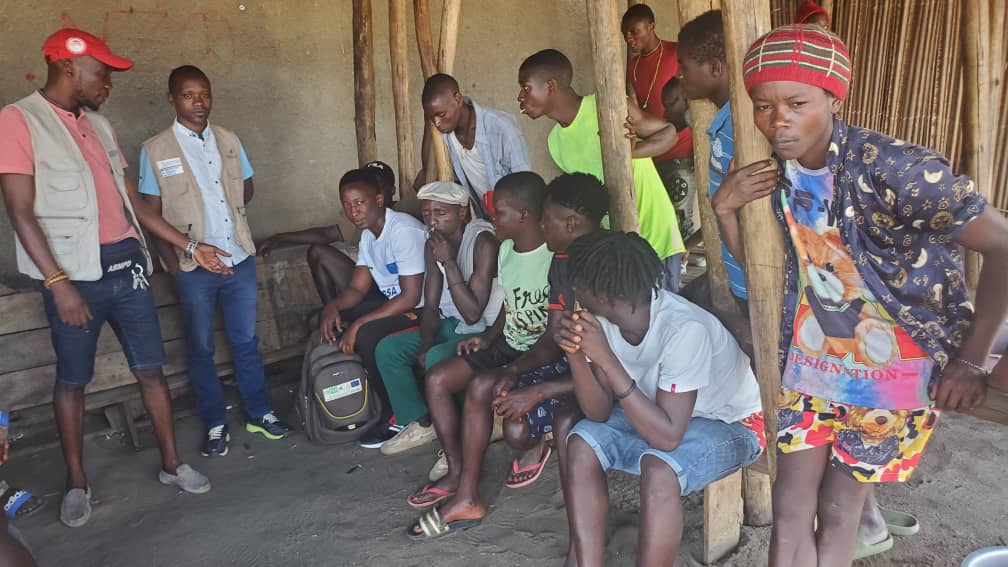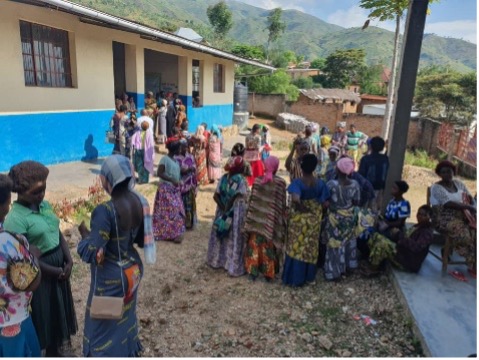The project assesses the feasibility and acceptability of a cervical cancer screening program integrated into sexual health services in general population in Cameroon. It includes the evaluation of two strategies for identifying high-risk lesions caused by the papillomavirus.
Context
Cervical cancer is the second most common cancer among women in Cameroon. However, only 4% of Cameroonian women undergo screening. In the prevention of this cancer, the WHO has issued two recommendations: a strategy for screening for human papillomavirus (HPV) followed directly by treatment if the test is positive, or a strategy promoting triage between HPV DNA screening and treatment. This triage is often done using the technique of visual inspection of precancerous lesions after application of acetic acid and is recommended for women living with HIV. The objective is to avoid treating women who can spontaneously clear the infection and to treat only those with precancerous lesions.
Description
The aim of this study is to address the low cervical cancer screening rates among Cameroonian women and improve screening algorithms. To achieve this, it evaluates new biomarkers allowing for screening followed by triage, without invasive gynecological examination with lesion identification. In its implementation, the study follows several components. Firstly, through tailored awareness tools, it trains healthcare providers and community health workers on women’s sexual and reproductive health to increase the low screening demand. Next, the test is made accessible through self-sampling for all women, in HIV follow-up clinics for women living with HIV, and in the community for all women: if positive, the patient will be offered further examinations including visual inspection by artificial intelligence (currently under evaluation). Finally, women with precancerous lesions will be treated and followed up for twelve months.
Impact
The project will train community stakeholders and healthcare centers in communication and care related to cervical cancer screening and treatment. Ultimately, the study aims to obtain conclusive results, enabling the revision of national guidelines and strategic plans for cancer and HIV control.
